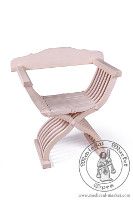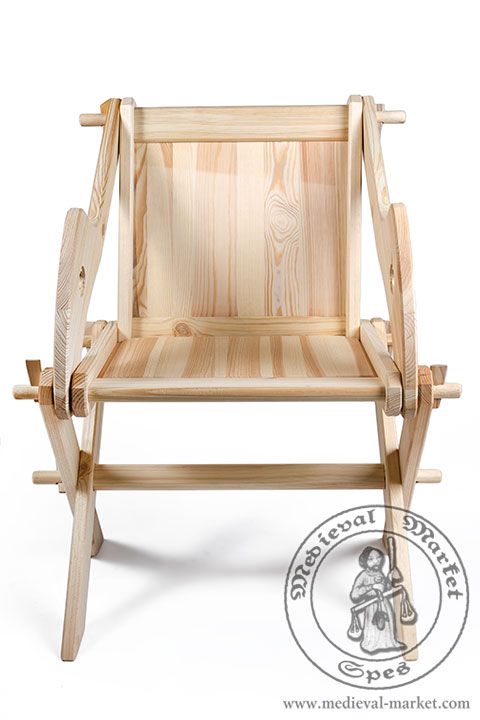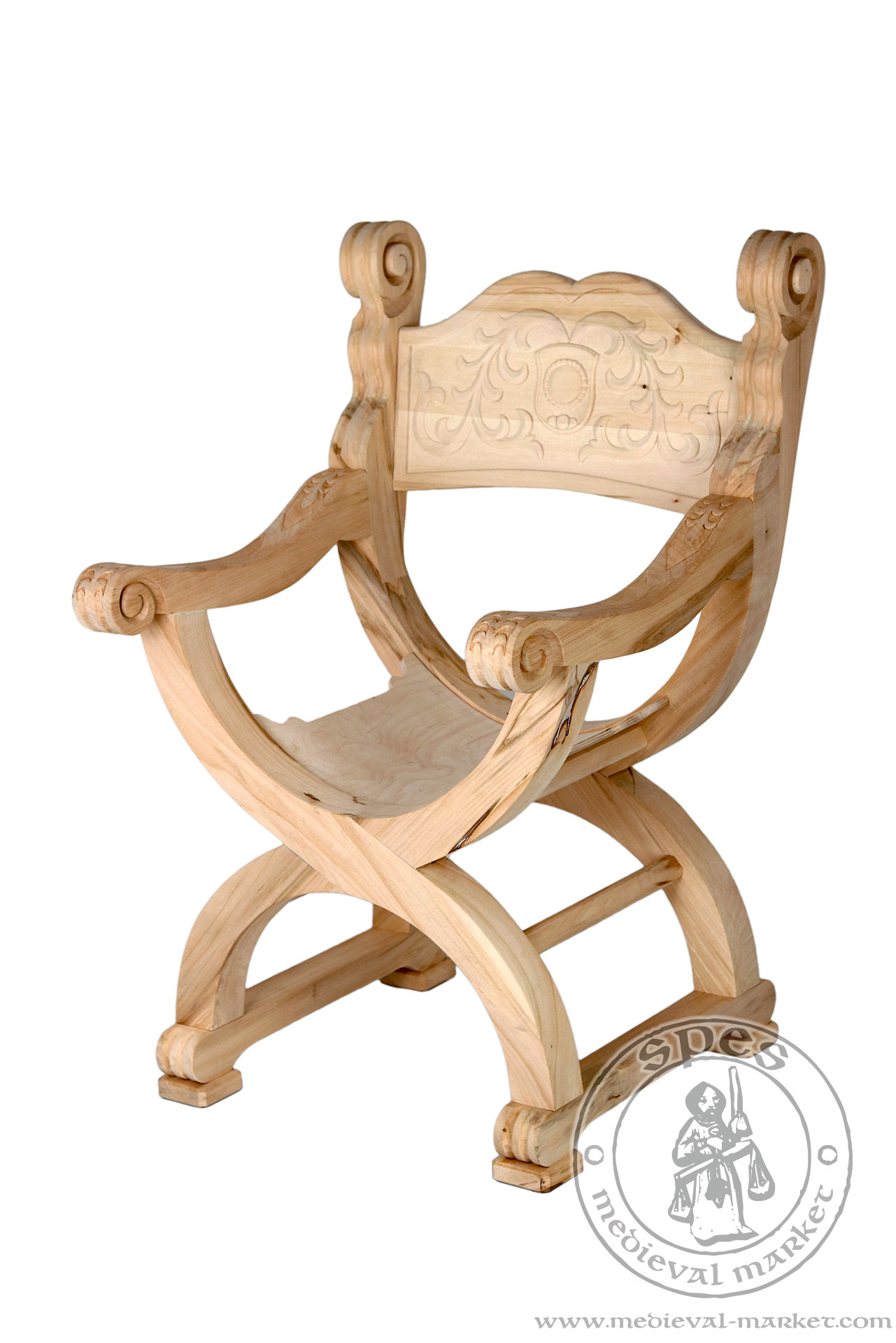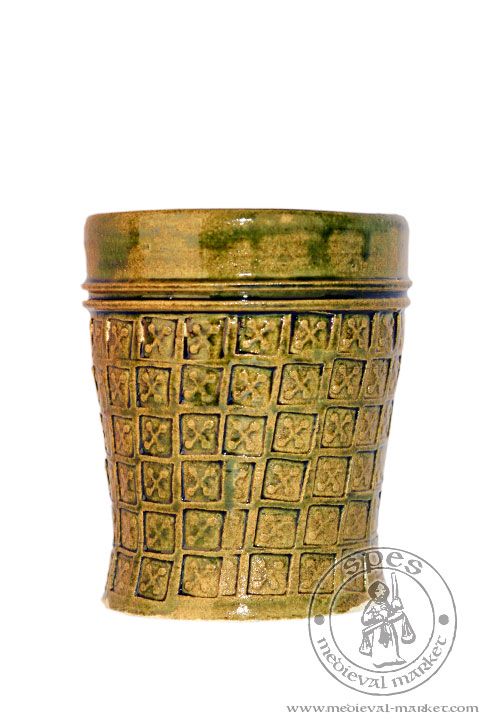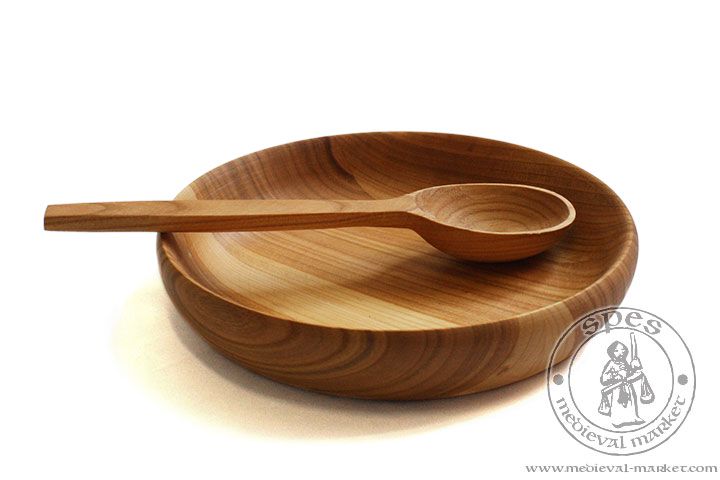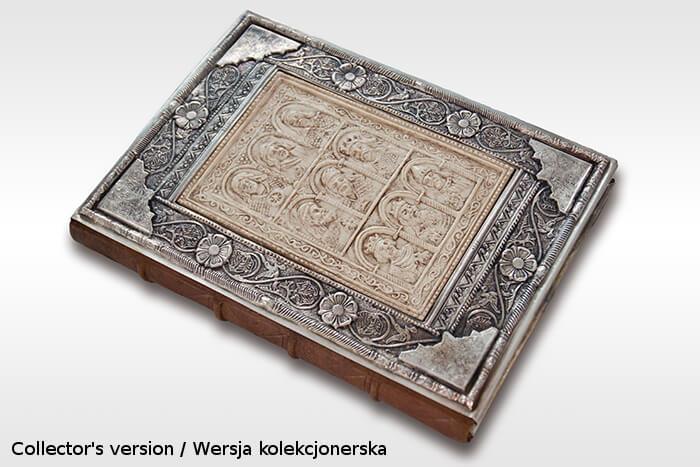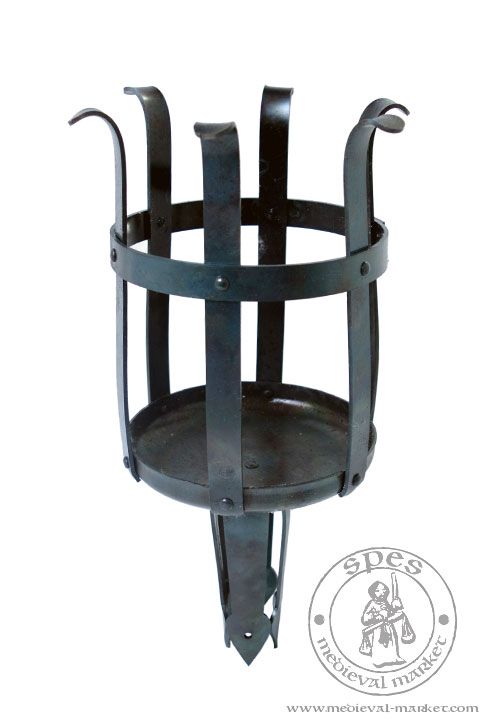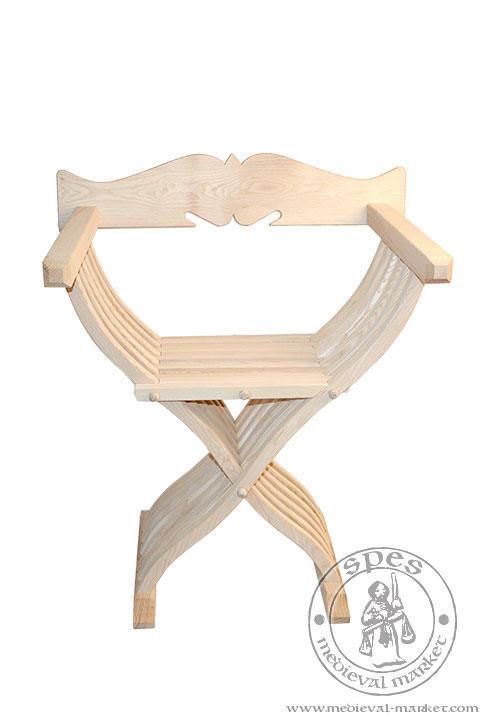If you wish to adjust your cookie preferences for this website, you can do so using your browser settings.
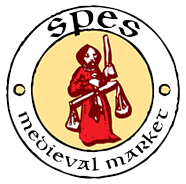


Category: Furniture > furniture
Scissors chair
Scissors chair
Century: XV| CODE | Material |
Standard
|
Price | |
| MNDS0229 | Oak | Mixed | 420.00 EUR |
|
| MNsS0228 | Pine | Mixed | 310.00 EUR |
|
* Please write the extra wishes in the place 'additional information' at the end of the order.
Lowest price in the last 30 days
See how to place an order for several people
A scissors chair is a type of askew linear medieval chair. This wooden chair is made of high quality oak or pine. Its well-thought construction makes it both convenient and stable. This type of medieval furnishing consists a range of laths connected with a ridgepole in the middle part. The laths spread out by turns and make armrests, seat, and legs of this historical chair. What is more, it has a removable backrest.
Our scissors chair in standard is made of oak or pine wood. On special request, we can make it from a different kind of wood.
Its name derives from a characteristic move made by this medieval chair. While being folded and unfolded, it makes a scissors move.
The evolution of medieval chairs
Medieval scissors chair derives from a curule chair and an X chair, also available in our shop. Mentioned wooden chairs were given a backrest, often richly encrusted. Another step in the history of chair was replacing the removable backrest with a permanent. From this moment a historical chair was no longer foldable.
Despite the fact that medieval furnishings were used as house equipment, we can also find them in knights' camps. These items were an evidence of high social status and wealthiness of the owner. Among camp equipment we can also find: buckets, baskets, pots, tables and stools, historical chairs, chests, and beds. Early Gothic furniture was usually made of heavy wooden planks. The biggest group of original furnishings saved till this day are chests, often characterized by rich adornments. They often have visible emblems and embroideries.
NOTE! There is an option of impregnating the medieval furniture with linen oil. If you are interested, please let us know in the “additional information” field when placing an order. The cost of impregnation is 6% of additional payment from the price of the product.
Due to the fact that our furniture is a result of craftsman's work, the measurements provided here might differ from the real ones by maximum +/- 1.5 cm.
Our medieval furniture is finished with sandpaper of 60-level grit. Therefore, in some softer spots of a piece of furniture, you may find some slight, natural wood nap which is a result of polishing. It practically disappears after impregnating the furniture with the use of natural methods such as linen oil or wax. If you plan to varnish the furniture in more contemporary way and want us to make the furniture’s surface smoother (i.e. use sandpaper of higher grit), please contact us and we will tell you the price of the option.
ATTENTION! You can order impregnation of furniture with linen oil for a surcharge. To choose this option, write your wish in "additional information" box during placing the order. The price of impregnation is 6% of the value of the product.
Although furniture was home equipment, we can also find furniture in knight camps, where they spoke of the status and wealth of the owner. In camps we can find such equipment as: buckets, baskets, pots, tables, stools, chairs, chests and even beds. The early gothic furniture was made from massive boards. Out of the survived originals the most common are chests, which particularly stand out because of the richness of the form (there often appear on them carves and emblems of the owners).





 Female Clothing
Female Clothing Male clothing
Male clothing Accessories
Accessories
 Tents
Tents Armament
Armament HMB Line
HMB Line Miscellaneous
Miscellaneous Rent
Rent In stock
In stock Special Offers
Special Offers Search
Search Your Account
Your Account About us
About us Sizing
Sizing How to buy
How to buy Blog
Blog Links
Links Events
Events
